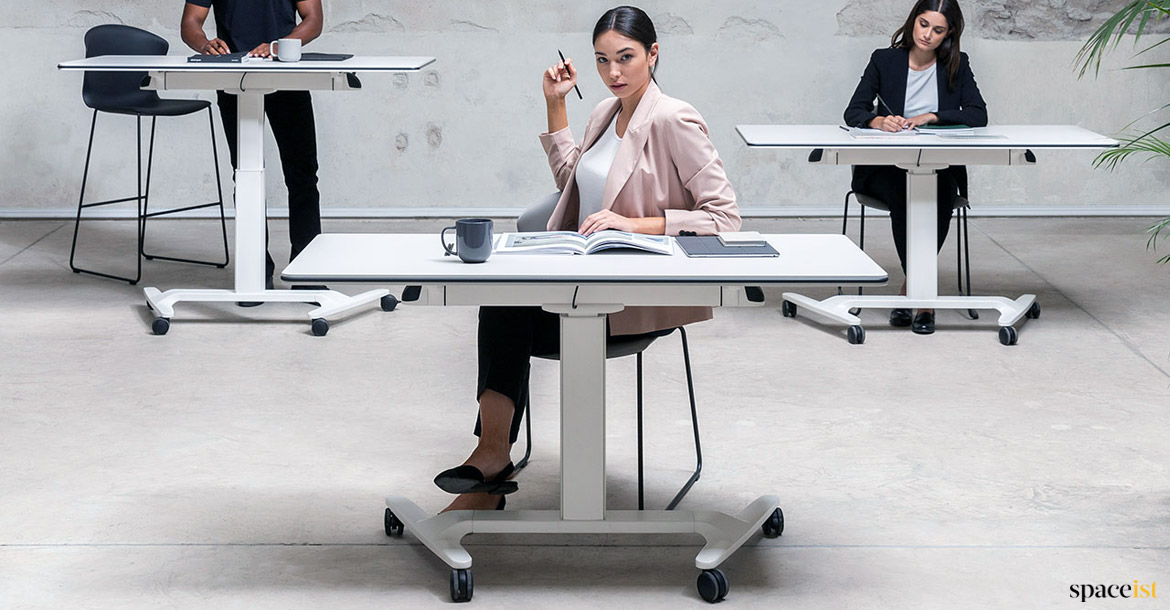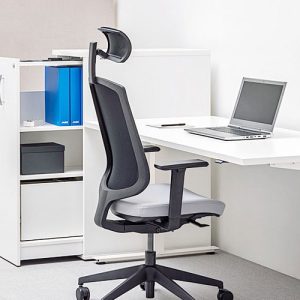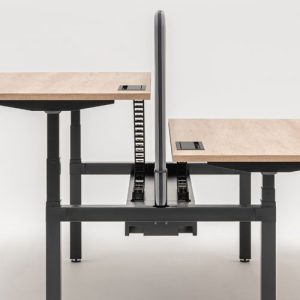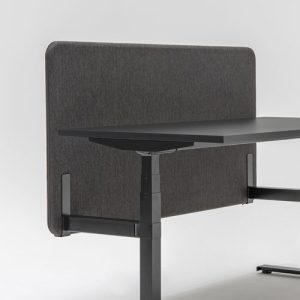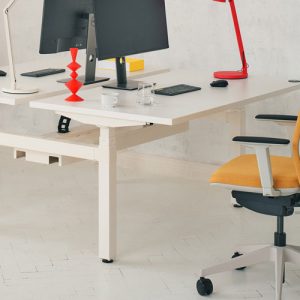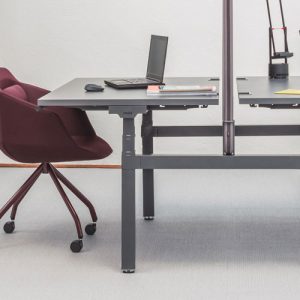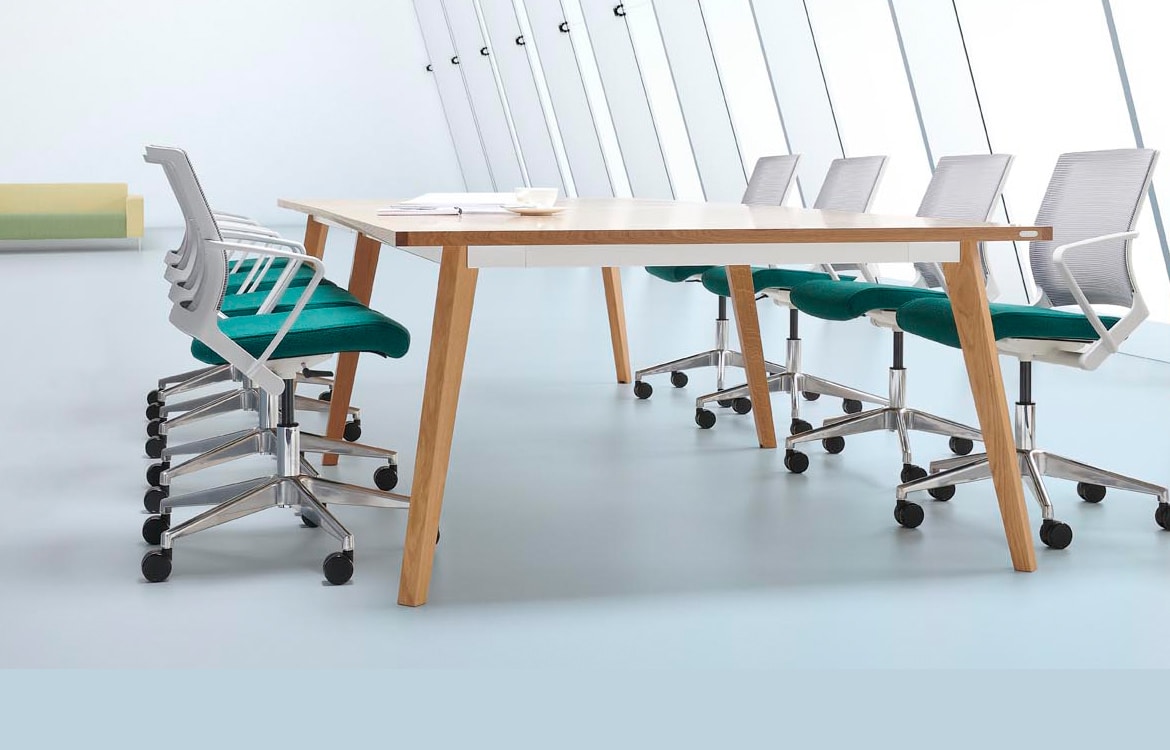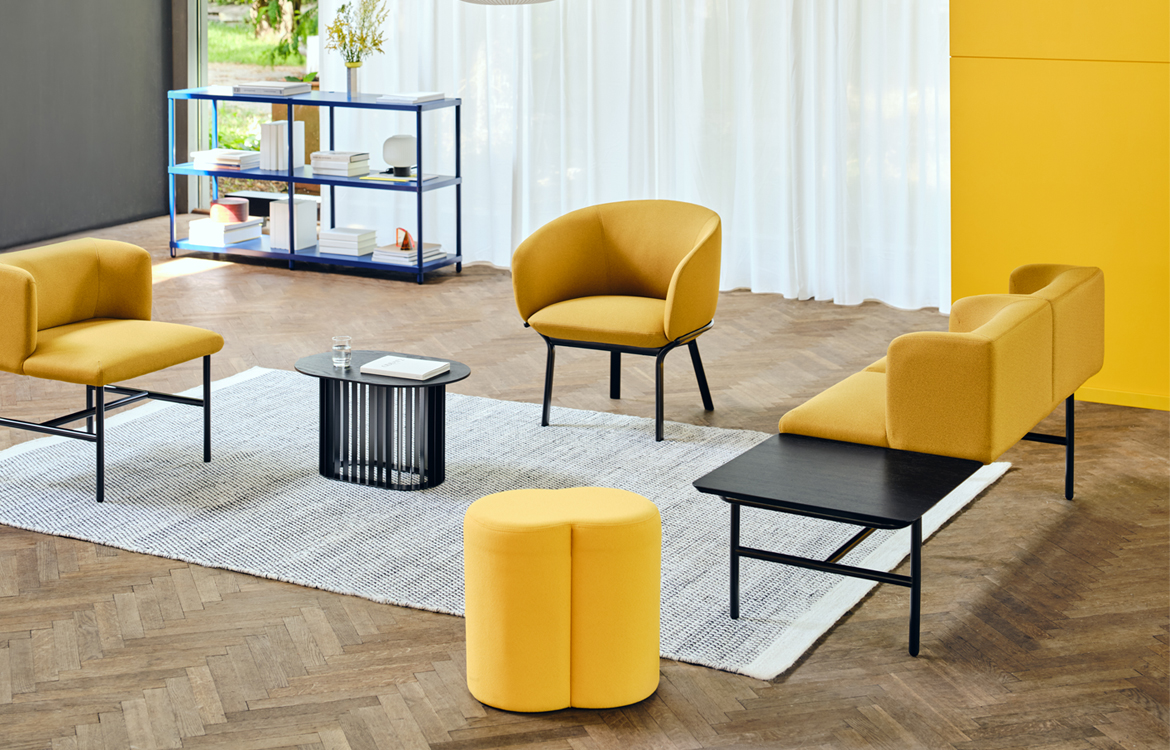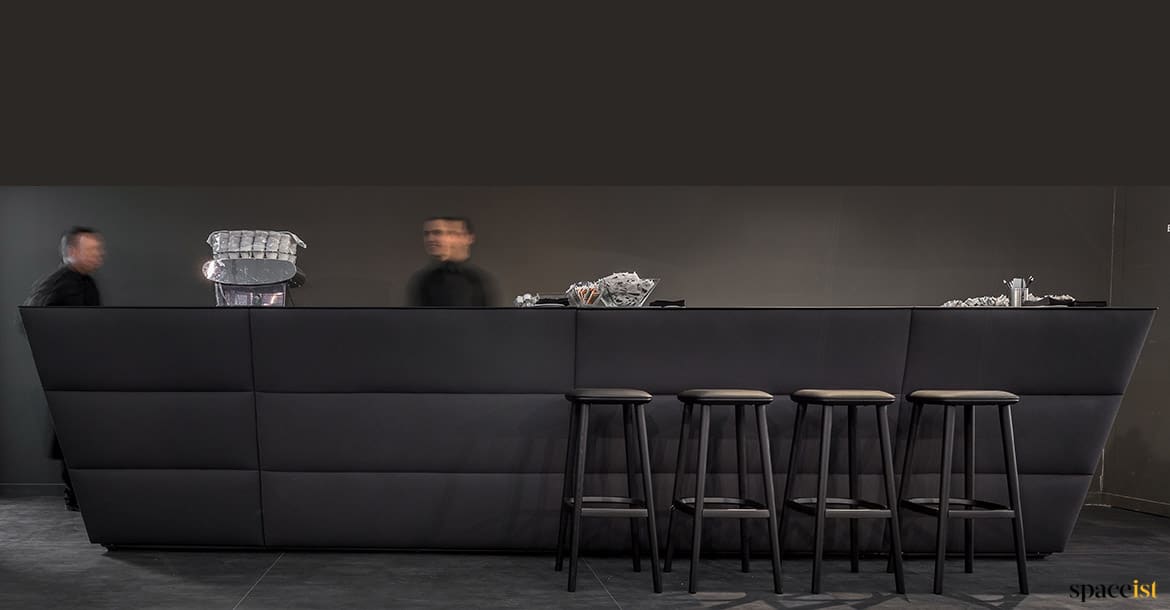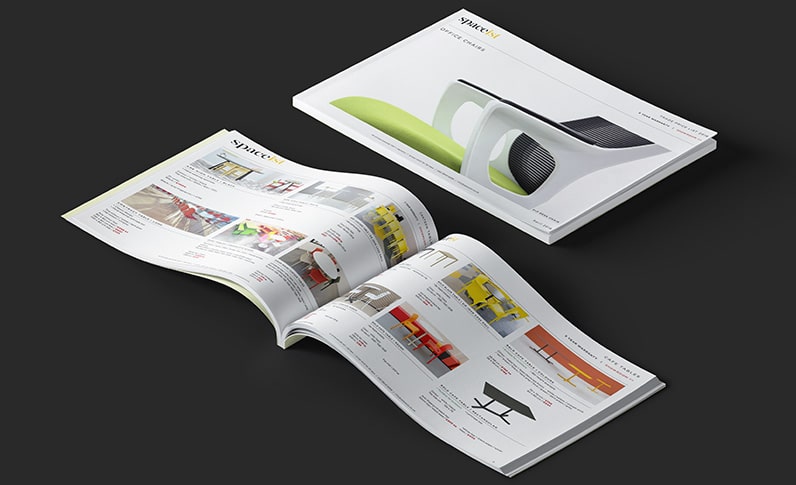When purchasing contract furniture you are likely to see many items described as ‘ergonomic’, with very little explanation as to the importance of ergonomics in the workplace.
So what is the purpose of ergonomics and why does it matter so much? Let’s find out.
What is ergonomics?
Ergonomics or ‘human engineering’ is the study of people in their everyday environments, with a focus on the equipment they use and how they move around the space they are in. While this particularly applies to the workplace environment, ergonomic theories and design are also likely to be incorporated in all objects designed to be used by humans in the home and outdoors.
Why is ergonomics important?
The overall goal of ergonomic design is to create objects and environments that can be most efficiently and safely used by humans of varying shapes, sizes and abilities, without causing excessive fatigue or injury.
People-centred design
For example, a desk chair may be marketed as ergonomic because it has been specially designed to suit workers who may spend many hours sitting in one position. The ergonomic chair will additionally feature a range of adjustable features to accommodate more than one body size and shape so that it can adjust to different people and workstations. The person, the task and the work environment have all been taken into consideration as part of ergonomic design.


